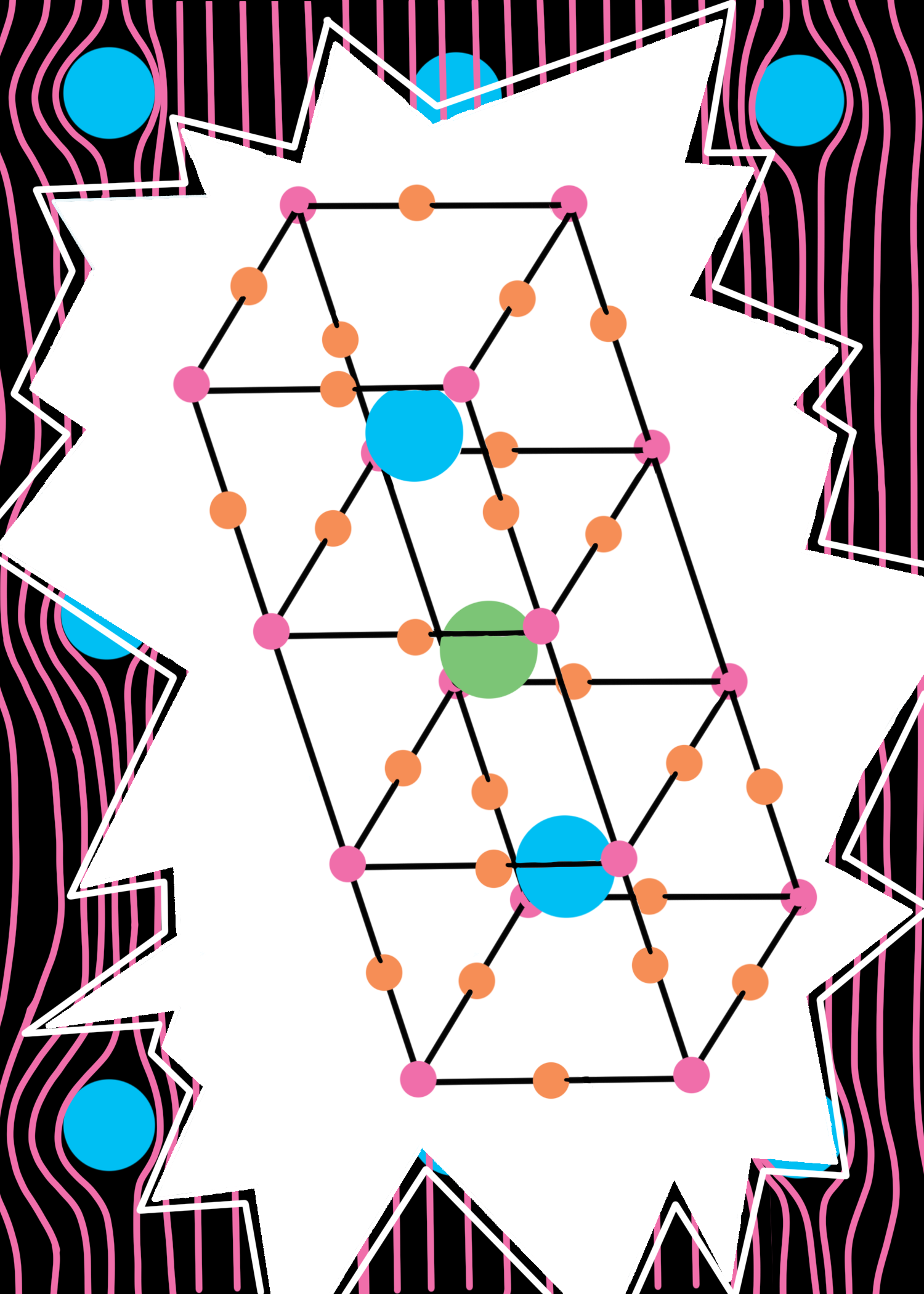
Sophie Henry, Staff Illustrator
Yale scientists have come one step closer to understanding the behavior of electrons and have found surprising results. Coulomb’s law — a law governing electrical force between charged objects — as it’s currently known may not always apply.
Assistant Professor of Physics Eduardo da Silva Neto and his colleagues across the globe have discovered that electrons behave independently from other atomic particles in high-temperature superconductors, creating a ring-like structure. These findings bring the scientific community closer to understanding the exotic properties of high-temperature superconductivity. Current superconducting quantum materials must be cooled to extremely low temperatures to exhibit superconductivity, which is an extremely costly process. The results of the study were published on Jan. 26 in the journal Nature Communications.
“Superconductivity comes when one electron interacts with another electron,” da Silva Neto said. “When there are two electrons in a vacuum, the energy between them decreases as they go further apart. But in a crystal high-temperature superconductor, the relationship is a lot more complicated because of the nearby atoms.”
Superconductivity occurs when a material allows electric current to flow freely without energy loss. It is most commonly used in MRI machines, where the energy required to power such a machine can be 10,000 to 100,000 times the strength of the Earth’s magnetic field.
Current superconductor materials only superconduct within a few degrees of absolute zero — an expensive and challenging property. Therefore, ever since the 1980s, high-temperature superconductors have been a source of intense study, since figuring out how they work would solve the cooling problem.
Da Silva Neto and his colleagues from the University of British Columbia and University of California San Diego used resonant inelastic x-ray scattering, or RIXS, techniques to explore the electronic structure of atoms in copper materials. They asked the question: if one electron is in a certain location, where is it most likely to encounter another electron?
Electrons typically repel each other. Coulomb’s law states that the electrical force between two charged objects is inversely proportional to the square of the distance between the two objects. The further the objects are away from each other, the weaker the force and the lower the energy of the electromagnetic field in the space between them. Electrons always try to find the place of lowest energy and the distance where the energy between the electrons is lowest is infinity — or, at least, that’s what scientists thought prior to da Silva Neto’s study.
Da Silva Neto and his colleagues found that electrons inside a solid object create a ring-like structure with each other, meaning that they like to be near each other.
“The origin of the ring-like scattering feature may be deeply tied to the underlying functional form of the Coulomb interaction between valence electrons,” the paper reads.
The scientists interpreted their results to mean that two electrons in the middle of a solid behave differently than two electrons in a vacuum.
Discovering this quasi-circular scattering structure, however, was not the original intention of da Silva Neto and his colleagues. Before stumbling upon the ring-like structure of the electrons, da Silva Neto and his colleagues originally set out to understand this phenomenon and whether high-temperature superconductivity may be connected to other strange superconductor behavior.
“It is very difficult to tease out the shape of the electron interaction from experiments in solids like high-temperature superconductors,” da Silva Neto said.
Every solid is defined by a periodic symmetry of its atoms’ locations. But in this case, the electrons have a different period — the time it takes to orbit an atom’s nucleus — than the other parts of the atom. For charged nuclei, the charge usually dictates where the electrons are within the solid. In da Silva Neto’s experiment, however, the electrons showed a spontaneous form of self-organization called charge order.
Da Silva Neto started collecting data for this project with his colleagues Fabio Boschini and Alex Frano in 2013, when they were postdoctoral students at the University of British Columbia. In order to complete these complicated experiments, da Silva Neto and his peers traveled to synchrotron facilities — places that accelerate particles to speeds near the speed of light. They would travel to such facilities in Canada and Germany multiple times a year.
Since 2013, da Silva Neto, Frano and Boschini have spread out to accept faculty positions at Yale, UC San Diego and the University of British Columbia, respectively. Although they are geographically scattered, they have continued to work together on this project.
“In addition to the intellectual significance, we have learned how powerful the combination of different people who come from different environments to work together towards a goal,” said Andrea Damascelli, co-director of the Max Planck-UBC-UTokyo Centre for Quantum Materials and mentor to da Silva Neto, Frano and Boschini.
Superconductivity was discovered in 1911.
Tamar Geller | tamar.geller@yale.edu







